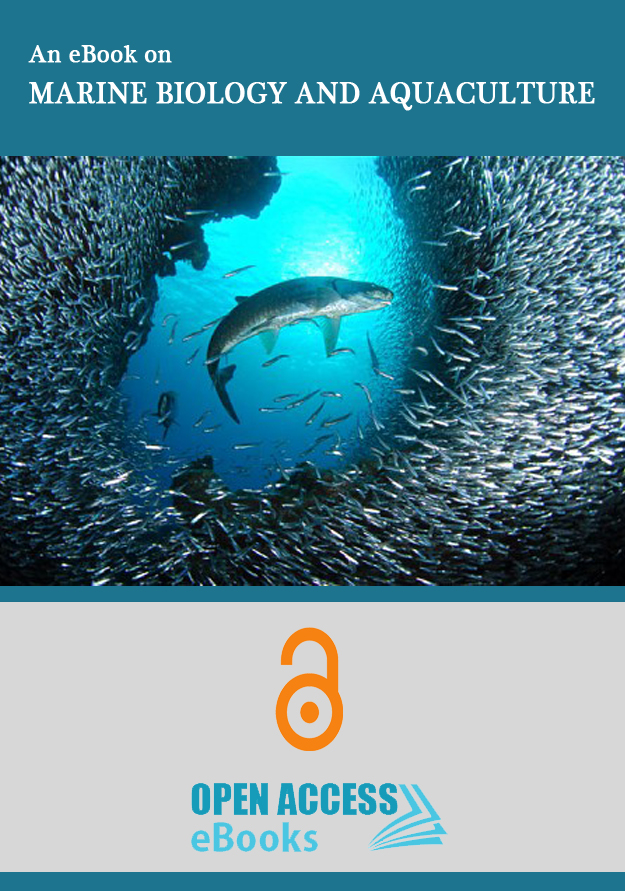Benefits of publishing with us:
Universal Access: eBooks published in Open Access eBooks gain international visibility. No region barriers and content is accessed by everyone across the world from our website. We also deposit published eBooks in different databases.
Freely Available: Open Access eBooks follows the principles of Open Access and the content is available to the readers without any cost. Readers can read, share, and store the published ebooks/book chapters.
Copyright with Authors: As an eBook publisher, we serve researchers in publishing their valuable work after the stringent review process. However, copyright lies with authors. We follow the CC-BY-NC-ND license (https://creativecommons.org/licenses/by-nc-nd/3.0/).
Different Formats: We provide eBooks in PDF and HTML formats. Both formats are user friendly and can act as per the user requirements. We put our efforts to provide other formats in future.
For more information, contact info@openaccessebooks.com
List of Chapters
A Comparative Study on Genetic Diversity of Rachycentron Canadum between Aquaculture and Wild Populations by Microsatellite Loci Analysis
Author(s): Mei-Chen Tseng*; Yan-Horn Lee; Tsair-Bor Yen
The cobia, Rachycentron canadum is one of high economic fishes because of its rapid growth rate and a good adaptability in marine cage culture. Its artificial breeding technology has been matured; hence, most farms used their own inbreeded offspring as the seed fish for propagation program. A good genetic monitoring program can prevent the problems of inbreed due to recessive traits as well as reduce the impact of genetic decline. In the study, to understand the genetic deficiency in the aquaculture population of cobia, microsatellite loci were used to analyze the genetic diversities of the wild, distant relatives, and inbreeding samples.
Aquatic Organisms as Models in Biomedical Space Research
Author(s): Nikolai V Kuznetsov
From the word go till nowadays, laboratory biologists have been focused mostly on a few practical biological models, which largely determined and narrowed down our modern vision of diverse complex physiological cellular and molecular bioprocesses. The choice of model organism is important issue in experimental biology, particularly, in the space exploration biomedical science. Largely unknown non-classical aquatic model organisms will be advantageous for further developments on the path of humanity into space. Selected perspective hydrobiont models based on old almost-forgotten and new literature data are discussed that could be of future use in the expanding biomedical space science.
